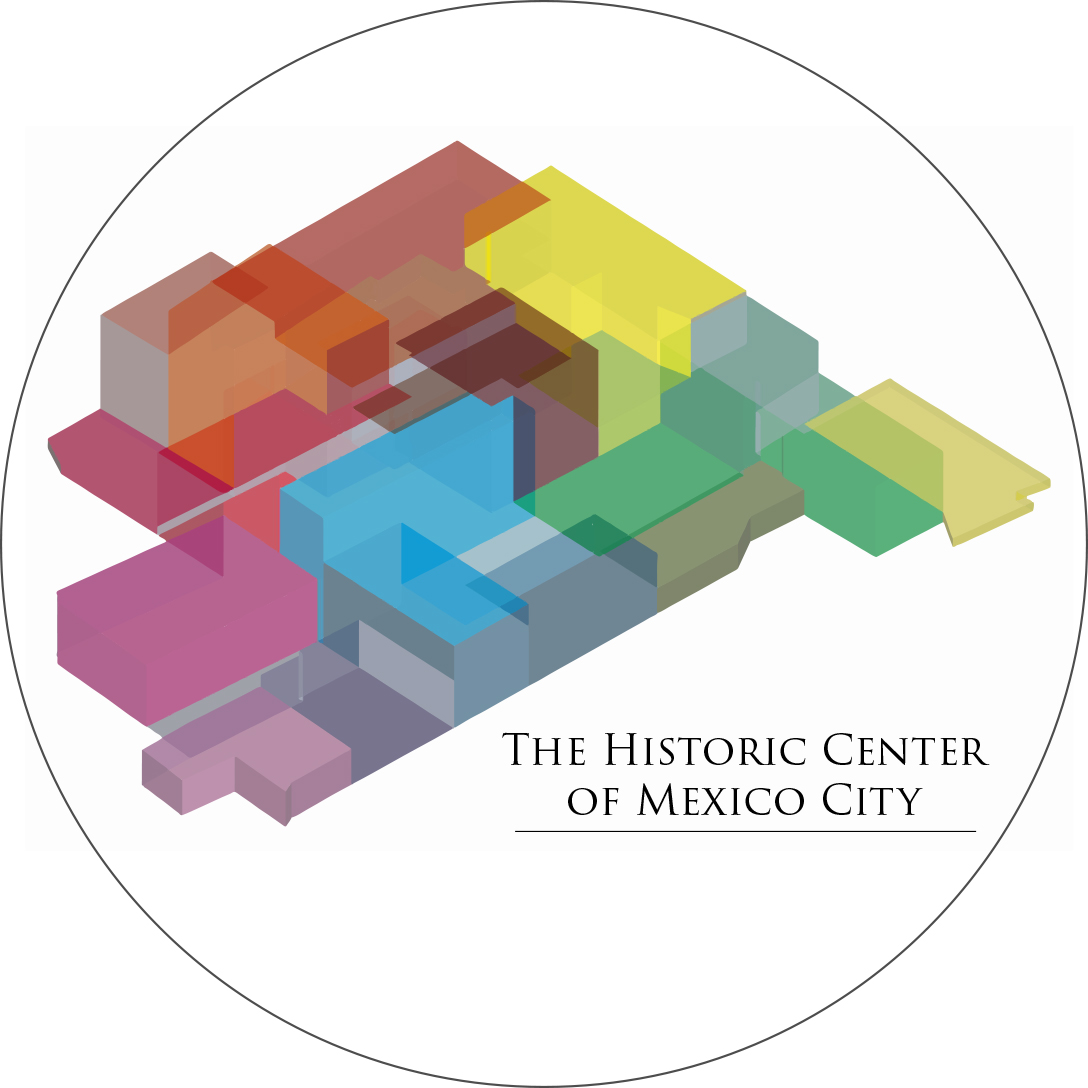The official narrative that revitalization projects in the Historic Center of Mexico City have benefited local communities is unclear and questionable. Current plans addressing the central space do not have evaluation mechanisms to assess their impact and determine their effectiveness. For this reason, evaluation methods emerge as an urgent need for policy makers. This praxis presents scoring as planning and action processes to understand, describe and guide renewal projects in the context of public policy.
By transcending lines of work, this project aims to bridge visions and experiences of local economies owners, politicians and real estate developers with the objective of creating a solid economic Historic Center. Rather than approaching the site as an urban development project, this praxis envisions this contested space as a process to shape a political platform. Shifting the conversation from architecture conservation to local economies generates additional entry points to assess the role of public policy in the production, management and representation of the central space. Instead of understanding policy as plans provided to the people, policy can actively become a process of engagement through participation, feedback and communication strategies. In this sense, this work was an opportunity to address the questions of how public policies impact people’s life and how local actors can participate and interact in the production and management of the city.
This thesis is divided into three main sections. The first section describes the Historic Center of Mexico City as the conceptualization of public space and urban development. It critically examines the context and design of the Revitalization Plan of the Historic Center formulated by the partnership between the federal and city government, and the private sector (Carlos Slim). The second section analyses the Comprehensive Management Plan of the Historic Center 2011-1018 in comparison with the Revitalization Plan describing how both plans have understood the central space as a project to be finalized through financial investments on architecture preservation works and the creation of public spaces. The last section describes my work with a political party for influencing evaluation measurements of the revitalization and management plan in the central space. Additionally, I present an alternative view of the Historic Center as a polycentric economic system in the attempt to create scoring mechanisms to preserve and boost the diversity and economic potential of the site.
Through the use of four main research techniques (1) archive review (2) mapping (3) photographic survey and (4) semi-structured interviews, the present work provides elements to understand the Historic Center as a socio-political construct and to present the central space of Mexico City as a multimodal and dynamic economic node that requires closer attention from different lenses and perspectives in order to be preserved and boosted in the long term.
Methodolody: I used the second version of the National Directory of Economic Units of the National Institute of Statistics and Geography (CSV file).Given the scope of the project I was primarily focused on the Perimeter A (Yellow Boundary) because it is the area where most of the revitalization works have been implemented. The Perimeter A and Perimeter B shapefiles don't exist in public records. For that reason, I made the both files according to the Presidential Decree of 1980 that designates the Historic Center of Mexico City as a Zone of Monuments and Historic Buildings.
This a work in progress map that will complement the book "Miscelanea" published in December 2014 by Marie Aimeeé de Montalembert and aims to show the volume, economic diversity and clusterization of local businesses.
- 27,781 Economic Units classified in 75 categories
- 26,265 small businesses
- 1,194 medium businesses
- 322 large businesses


